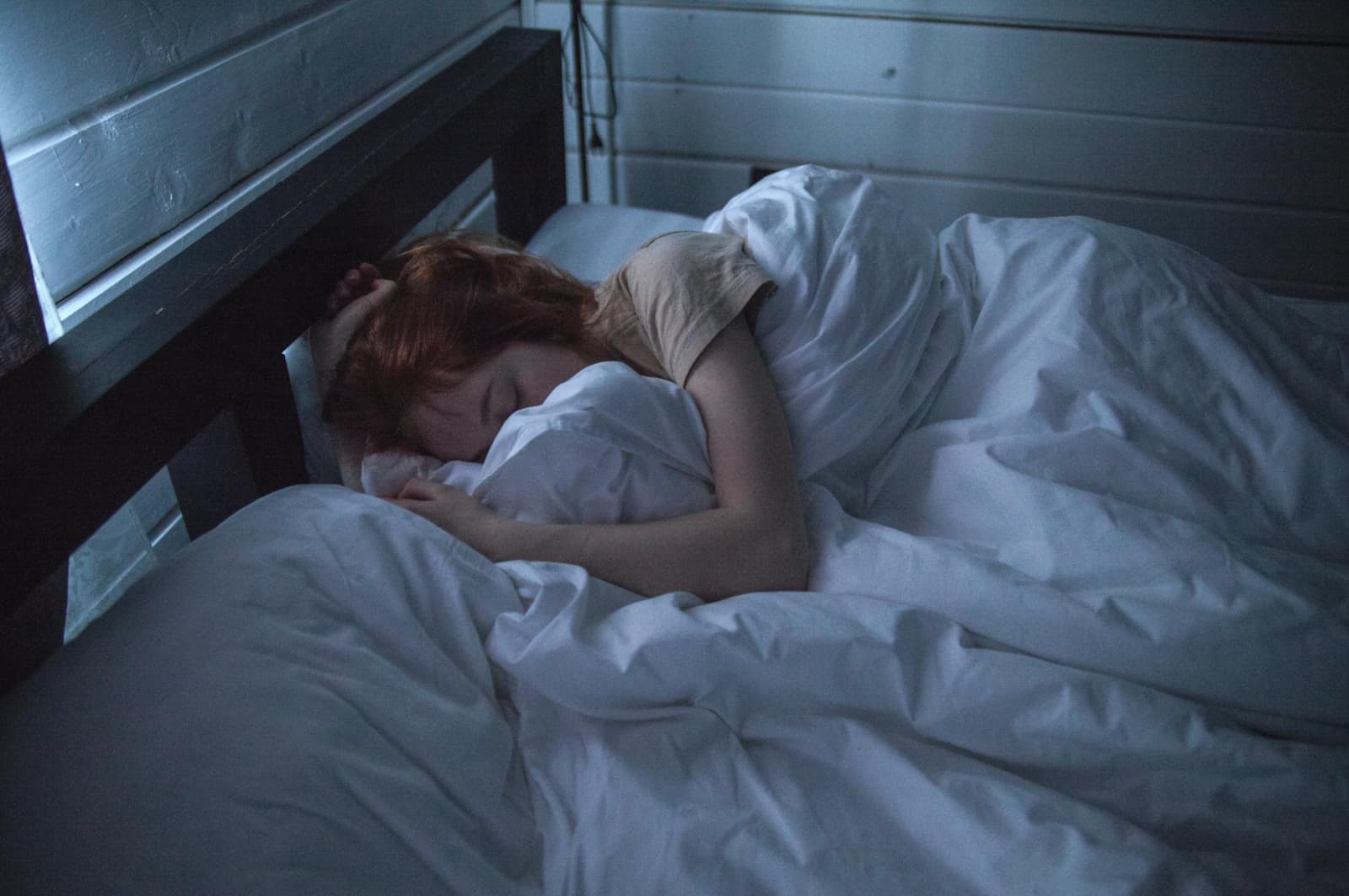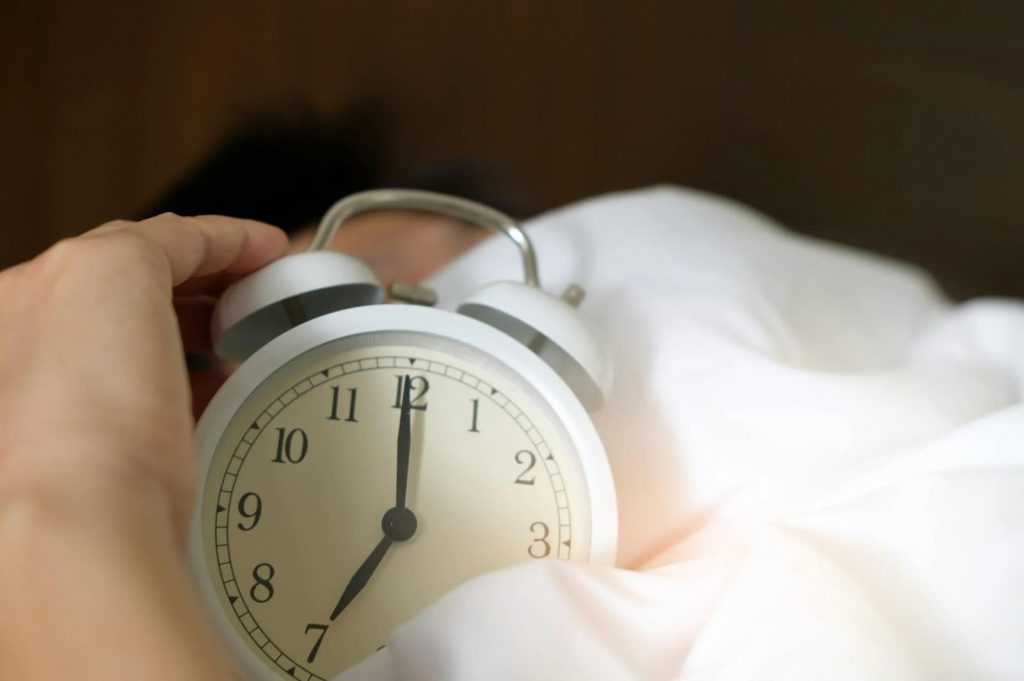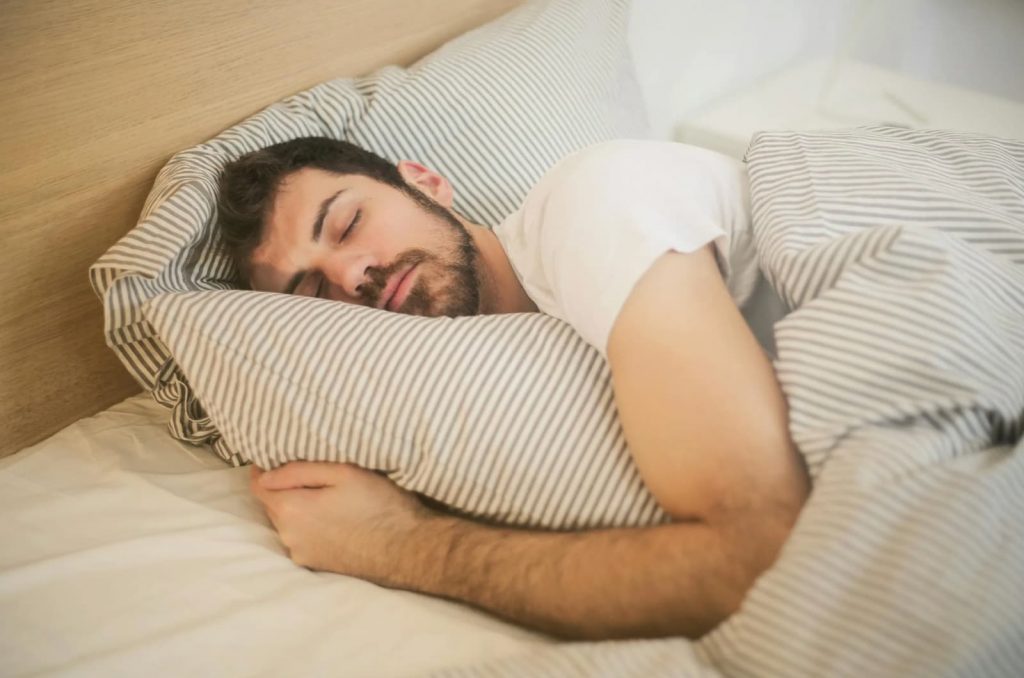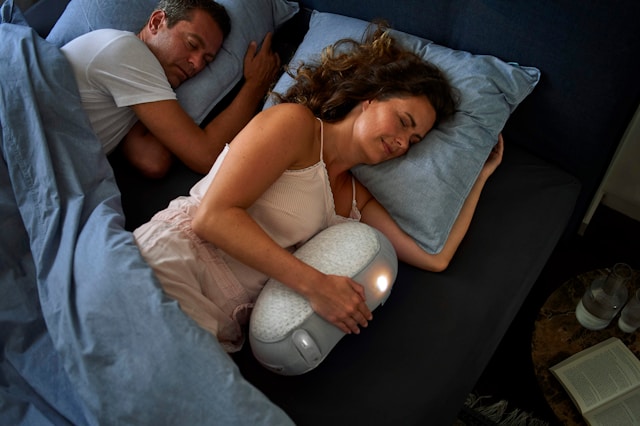In today's fast-paced world, finding the right balance between work, health, and leisure has become increasingly important. While we constantly seek ways to improve our well-being through fitness apps, meditation programs, and healthy eating habits, we also need quality entertainment to decompress. Online gaming platforms have evolved significantly, offering sophisticated entertainment options for those seeking responsible leisure activities. When choosing where to play, it's essential to rely on professional evaluations from trusted sources like Legjobb Kaszino, where experts provide comprehensive reviews of casino platforms, helping users make informed decisions about secure and reputable gaming sites. Understanding how to incorporate such entertainment into a healthy lifestyle requires awareness, self-control, and the right approach to digital recreation.
The Psychology of Balanced Recreation
Modern psychology recognizes that human beings need diverse forms of relaxation to maintain mental health and cognitive function. After hours of concentrated work, our brains require different types of stimulation to recover effectively. Entertainment serves as a crucial component of this recovery process, allowing us to shift our focus and experience positive emotions that counterbalance work-related stress.
Online casinos, when approached responsibly, can provide an engaging form of entertainment that stimulates strategic thinking and decision-making skills. The key lies in treating these platforms as occasional recreational activities rather than primary sources of income or compulsive habits. Research shows that moderate engagement in stimulating leisure activities can actually support cognitive health by keeping the mind active and engaged.
However, the distinction between healthy entertainment and problematic behavior must be clearly understood. Setting strict time limits, predetermined budgets, and maintaining awareness of one's emotional state while playing are fundamental practices for anyone considering online gaming as part of their leisure routine.
Health-Conscious Approach to Digital Entertainment
Integrating online casino entertainment into a health-focused lifestyle requires intentional boundaries and self-awareness. Here are essential principles for maintaining this balance:
Physical Health Considerations:
- Limit screen time to prevent eye strain and maintain proper posture
- Take regular breaks every 30-45 minutes to stretch and move
- Never sacrifice sleep for gaming activities
- Maintain your regular exercise routine regardless of entertainment choices
- Stay hydrated and avoid excessive snacking during gaming sessions
Mental Health Safeguards:
- Set strict time limits before beginning any gaming session
- Establish clear budget boundaries that won't impact financial stability
- Recognize warning signs of excessive engagement or emotional dependency
- Practice mindfulness about your motivations for playing
- Seek alternative activities when feeling stressed or emotionally vulnerable
Creating a structured approach to online entertainment helps ensure it remains a positive addition to your lifestyle rather than becoming a problematic habit. Many successful professionals incorporate brief gaming sessions as rewards after completing important tasks or as weekend relaxation activities, treating them no differently than watching a movie or playing a video game.
Getting Started: Minimum Deposits and Payment Methods
For those interested in exploring online casino platforms as occasional entertainment, understanding the financial aspects is crucial for maintaining control. One of the most responsible approaches is starting with platforms that offer 2000 ft befizetes casino options, allowing users to begin with minimal financial commitment. This low entry point of 2000 forints enables newcomers to experience the platform without significant financial risk, making it easier to maintain budgetary control and assess whether this form of entertainment suits their preferences.
Modern online casinos support various payment methods to accommodate different user preferences and ensure convenient transactions. The most commonly accepted options include:
Traditional Banking Methods:
- Visa and Mastercard bank cards remain the most popular choice
- Direct bank transfers to local Hungarian banks
- Debit card payments for immediate processing
Digital Payment Solutions:
- Skrill for fast electronic wallet transactions
- Neteller as a trusted e-wallet service
- Revolut for modern banking convenience
- Bitcoin and other cryptocurrencies for those preferring decentralized options
Understanding currency options is also important for Hungarian users. Most platforms operate primarily in forints (HUF), which eliminates exchange rate concerns and simplifies budgeting. However, many international casinos also accept euros (EUR), providing flexibility for users who prefer this currency. When selecting a platform, verify which currencies are supported and whether any conversion fees apply to avoid unexpected costs.
The availability of minimum deposit options like 2000 forints makes it easier to experiment with different platforms while maintaining strict financial boundaries, an essential aspect of responsible entertainment habits.
Integrating Entertainment into a Wellness Routine

Successfully incorporating online casino entertainment into a health-focused lifestyle requires treating it as one component of a diverse recreation portfolio. Just as nutritionists recommend variety in diet, wellness experts suggest diversity in leisure activities to support comprehensive well-being.
Consider establishing a weekly entertainment schedule that includes multiple forms of relaxation. Perhaps Monday evening involves yoga or meditation, Wednesday features online gaming for an hour, Friday includes social activities with friends, and weekends focus on outdoor activities or cultural experiences. This variety ensures no single activity dominates your free time while providing different types of mental and emotional stimulation.
Creating Healthy Entertainment Boundaries:
The most successful approach involves establishing clear rules before engaging in any form of digital entertainment:
- Designate specific days or times for online gaming activities
- Set automatic reminders to end sessions after predetermined periods
- Use separate accounts or cards with limited funds for entertainment budgets
- Track time and money spent to maintain awareness of patterns
- Regularly assess whether the activity brings genuine enjoyment or has become habitual
Recognizing Warning Signs
Awareness of potential problems remains crucial for maintaining a healthy relationship with entertainment platforms. Warning signs that entertainment has become problematic include neglecting responsibilities, hiding activities from family or friends, spending beyond predetermined budgets, feeling irritable when unable to play, or using gaming to escape negative emotions rather than addressing underlying issues.
If any of these patterns emerge, it's important to seek support from mental health professionals who specialize in behavioral health. Many countries offer helplines and resources specifically designed to assist individuals concerned about their gaming habits.
Technology and Self-Regulation Tools
Modern online platforms increasingly incorporate features designed to support responsible use. Many reputable casinos now offer built-in tools that help users maintain control over their activities:
Available Self-Regulation Features:
- Deposit limits that prevent exceeding predetermined budgets
- Time-out options for temporary breaks from the platform
- Self-exclusion programs for those needing extended breaks
- Reality check notifications that display time spent on the platform
- Activity statements showing detailed gaming history
- Access to support resources and helpline information
Taking advantage of these features demonstrates a proactive approach to responsible entertainment. Setting deposit limits equal to your monthly entertainment budget ensures you never overspend, while time notifications help maintain awareness of session duration.
Additionally, many smartphones now include screen time management tools that track app usage and can enforce time limits. Combining platform-specific controls with device-level restrictions creates multiple layers of protection against excessive use.
The Bigger Picture: Holistic Health in the Digital Age
Ultimately, the question isn't whether online casinos can be part of a healthy lifestyle, but rather how to approach all forms of digital entertainment with intention and balance. The same principles that govern responsible gaming apply to social media use, video gaming, and streaming services—activities that have become ubiquitous in modern life.
The key to thriving in our digitally connected world lies in maintaining agency over our choices rather than allowing algorithms and notifications to dictate our behavior. This requires ongoing self-reflection, honest assessment of our habits, and willingness to adjust our approaches when necessary.
By treating online casino entertainment as an occasional, budgeted leisure activity—similar to attending a sporting event or concert—we can enjoy the stimulation and excitement these platforms offer without compromising our health, relationships, or financial stability. The focus should always remain on overall well-being, with entertainment serving as a supplement to, rather than replacement for, genuinely fulfilling activities like meaningful social connections, physical exercise, creative pursuits, and personal growth.
When approached with maturity, self-awareness, and appropriate safeguards, online gaming platforms can indeed occupy a small, controlled space in a balanced lifestyle. The wisdom lies not in absolute avoidance or unlimited indulgence, but in finding the middle path that honors both our need for entertainment and our commitment to comprehensive wellness.
















